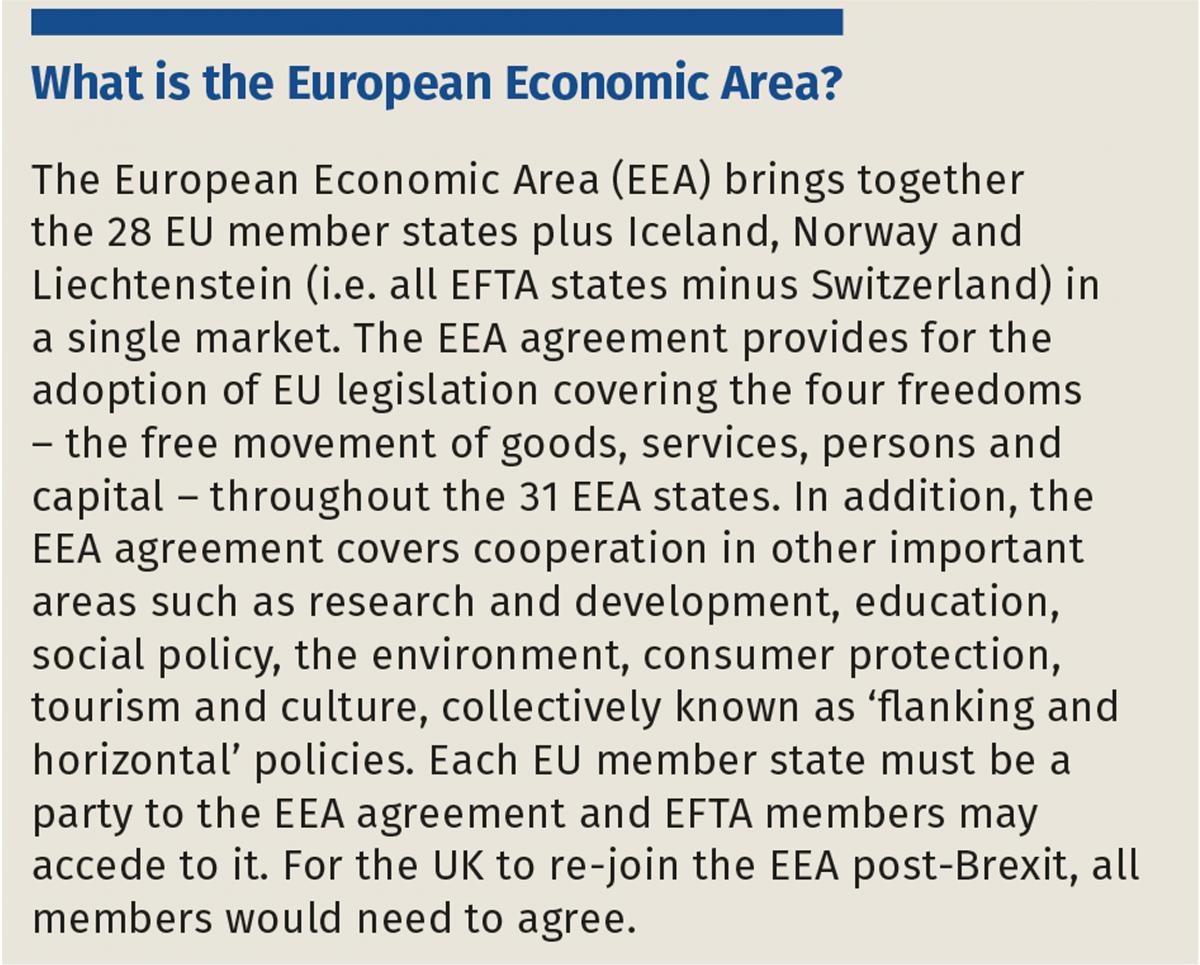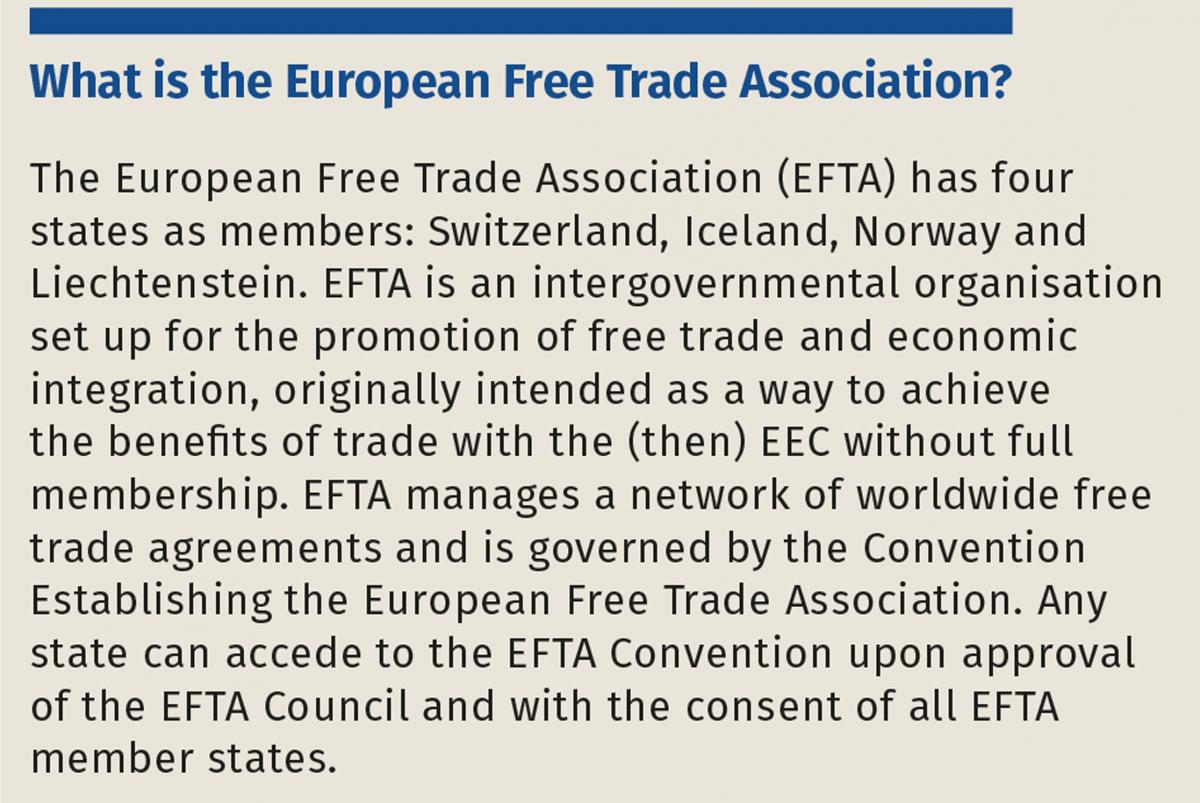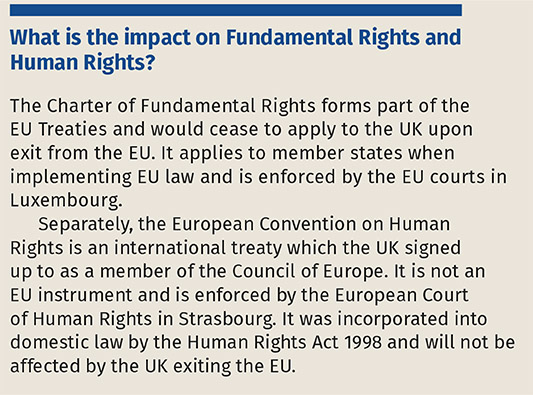Article 50 of the Treaty of the European Union sets out the broad mechanism for withdrawal of a member state from the EU. The effect of its provisions is that, if the UK notifies the Council of an intention to withdraw and no withdrawal agreement is reached within a two-year period, nor an extension agreed, the UK would, in effect, exit the EU automatically at the expiry of the period and would cease to be bound by the Treaties. The Treaties provide very little guidance about the legal consequences of withdrawing from the EU or what the post-exit world would look like for a departing state. Options for the UK’s post-Brexit relationship with the EU would appear to include: a ‘Norwegian model’; a ‘Swiss model’; a customs union (along the lines of the EU’s current relationship with Turkey); a free trade agreement (e.g. of the type negotiated with Canada); or simply remaining a member of the World Trade Organisation (WTO). Whichever model is adopted, the legal landscape post-Brexit would change. The extent of the change would depend not only on which model is adopted, but also on the way in which particular EU laws have been implemented in the UK. Businesses should follow developments closely so that, as matters begin to become clearer, appropriate steps can be taken to mitigate any risks and take advantage of any opportunities.



Article 50 of the Treaty of the European Union sets out the broad mechanism for withdrawal of a member state from the EU. The effect of its provisions is that, if the UK notifies the Council of an intention to withdraw and no withdrawal agreement is reached within a two-year period, nor an extension agreed, the UK would, in effect, exit the EU automatically at the expiry of the period and would cease to be bound by the Treaties. The Treaties provide very little guidance about the legal consequences of withdrawing from the EU or what the post-exit world would look like for a departing state. Options for the UK’s post-Brexit relationship with the EU would appear to include: a ‘Norwegian model’; a ‘Swiss model’; a customs union (along the lines of the EU’s current relationship with Turkey); a free trade agreement (e.g. of the type negotiated with Canada); or simply remaining a member of the World Trade Organisation (WTO). Whichever model is adopted, the legal landscape post-Brexit would change. The extent of the change would depend not only on which model is adopted, but also on the way in which particular EU laws have been implemented in the UK. Businesses should follow developments closely so that, as matters begin to become clearer, appropriate steps can be taken to mitigate any risks and take advantage of any opportunities.










